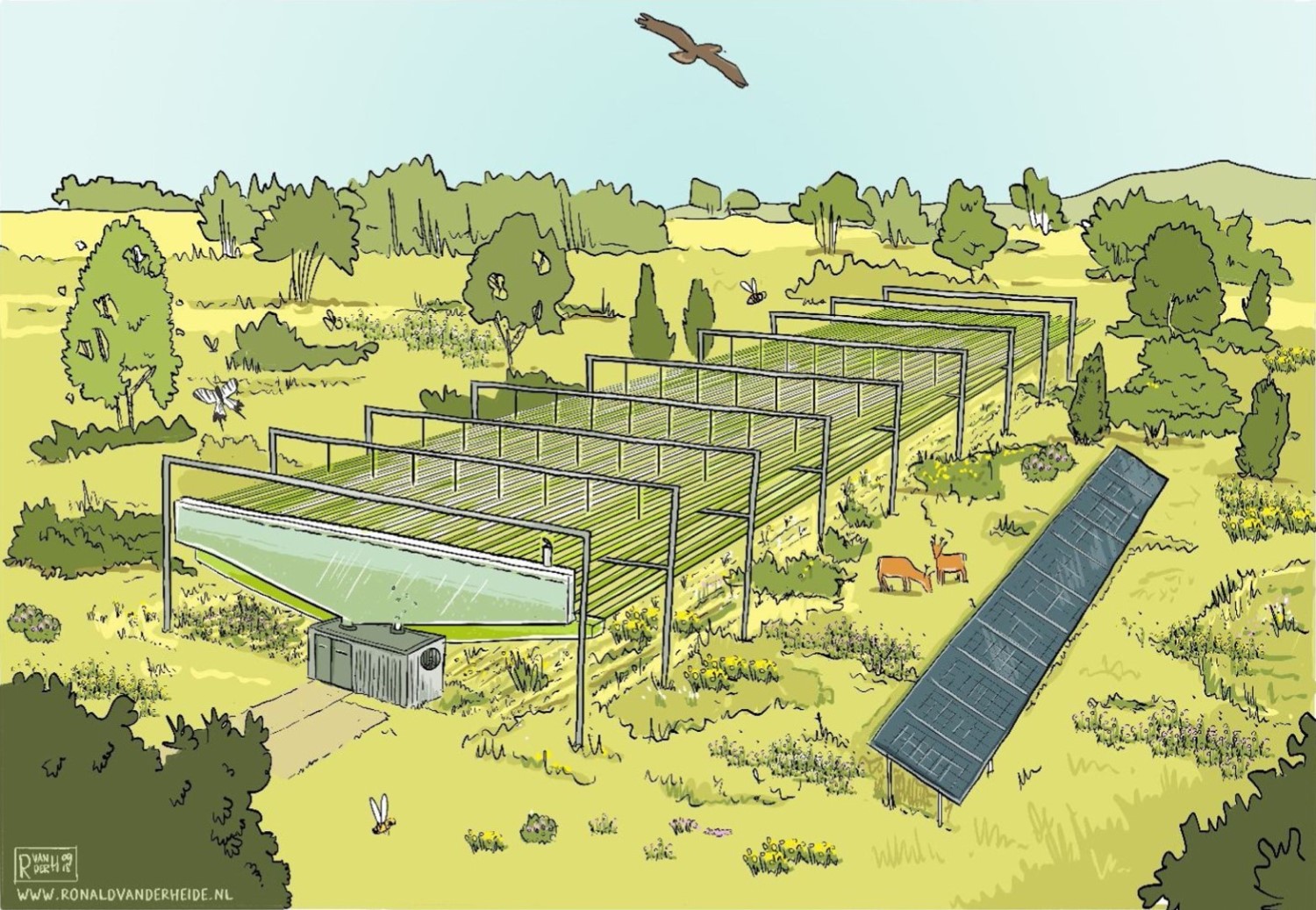
Microalgae as a Protein Source for the Future
Microalgae, those tiny organisms that thrive in water and sunlight, hold immense potential for …

Microalgae, those tiny organisms that thrive in water and sunlight, hold immense potential for …

By taking the tools of tissue engineering and adapting them to work on a scale as large as …
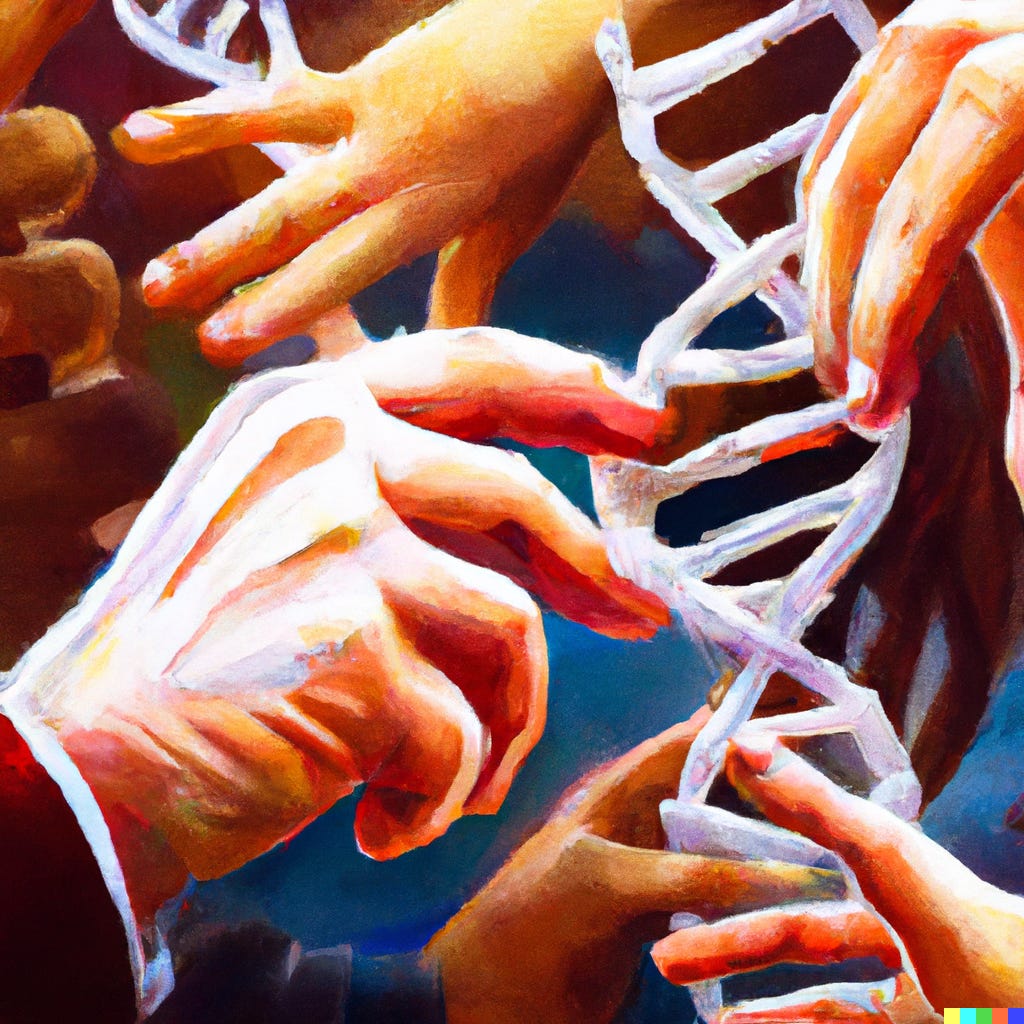
The general assumption is that technology is intrinsically neutral — it can be used for either good …
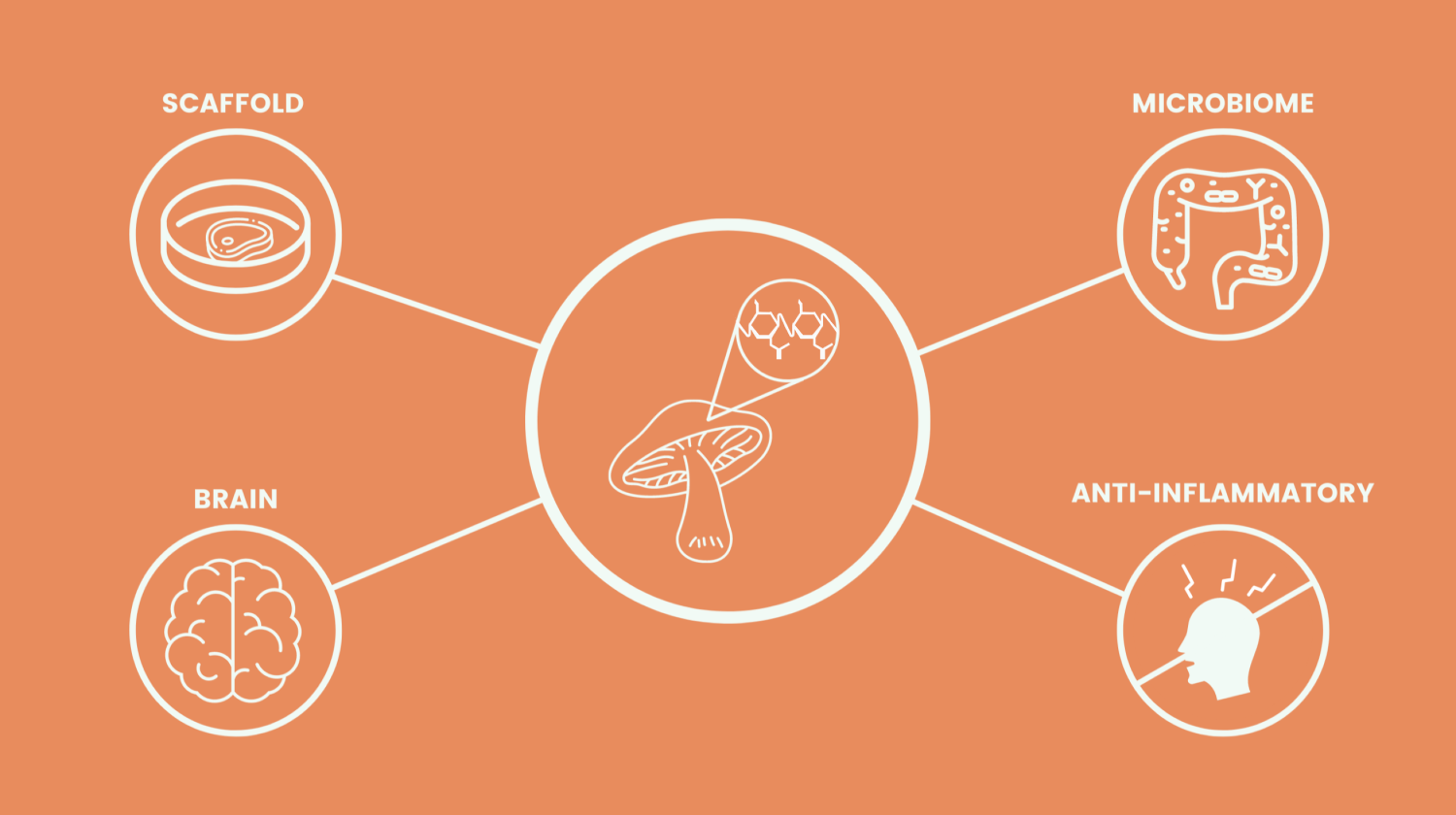
Chitin- and chitosan-based scaffolds show promise for improving both the scalability and nutritional …
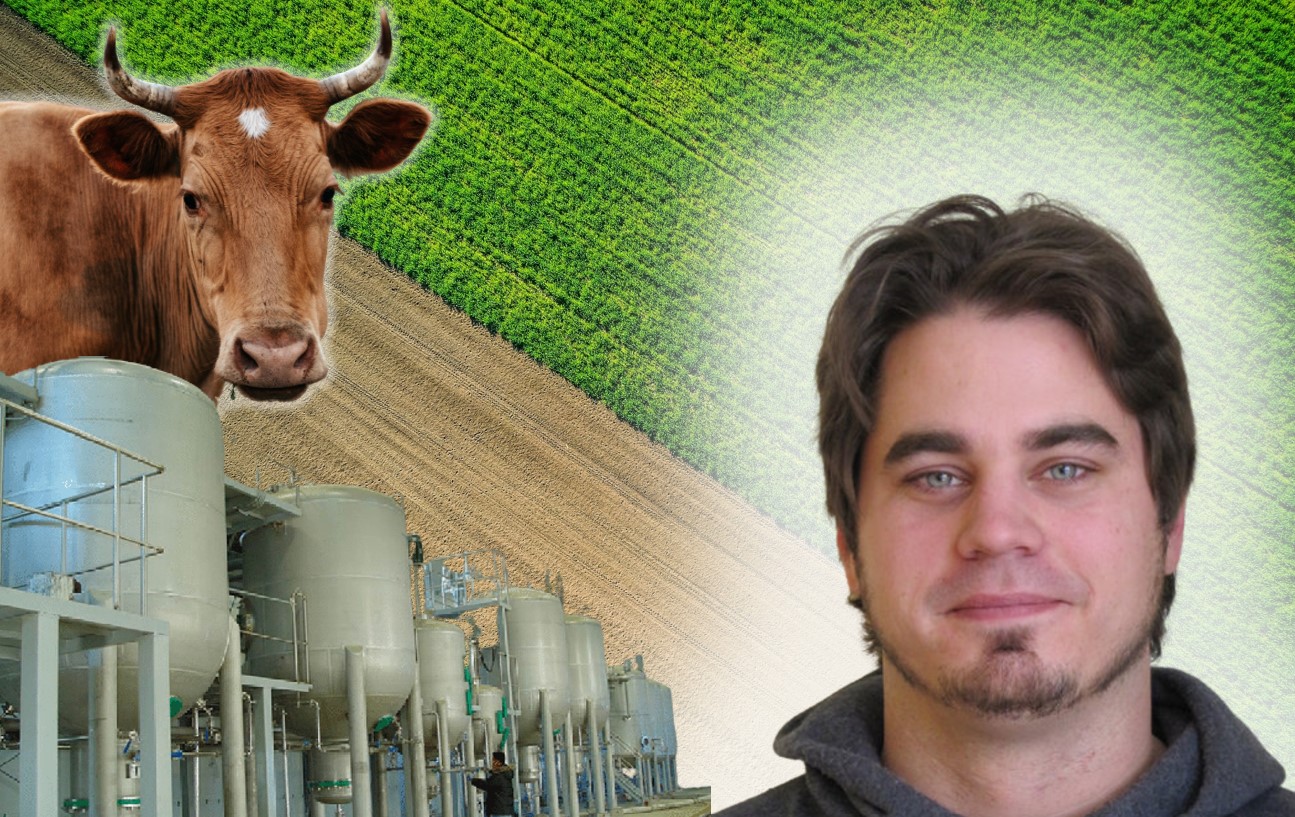
What options are on the food-tech menu for achieving long-term protein security? Cell culture, …
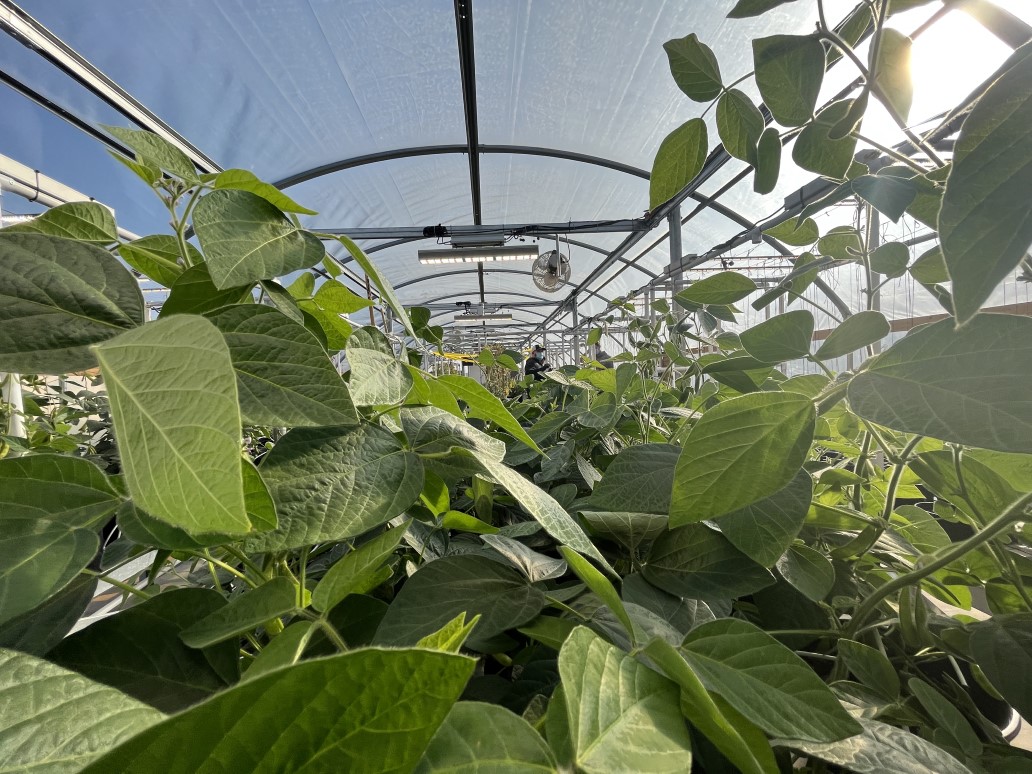
Gene-recombinant biotechnologies aim to produce key animal proteins at a fraction of the cost of …

Seaweed is the collective noun for a group of at least 10,000 species of macroalgae, and new species …

Every now and again a young person comes along whose intellect and wisdom seem to defy their age. …

Much attention has been given to the innovators producing plant- and cell-based alternatives to …

Japan is forging a unique development path for cellular agriculture — one in which no one is left …
No spam. Unsubscribe anytime.